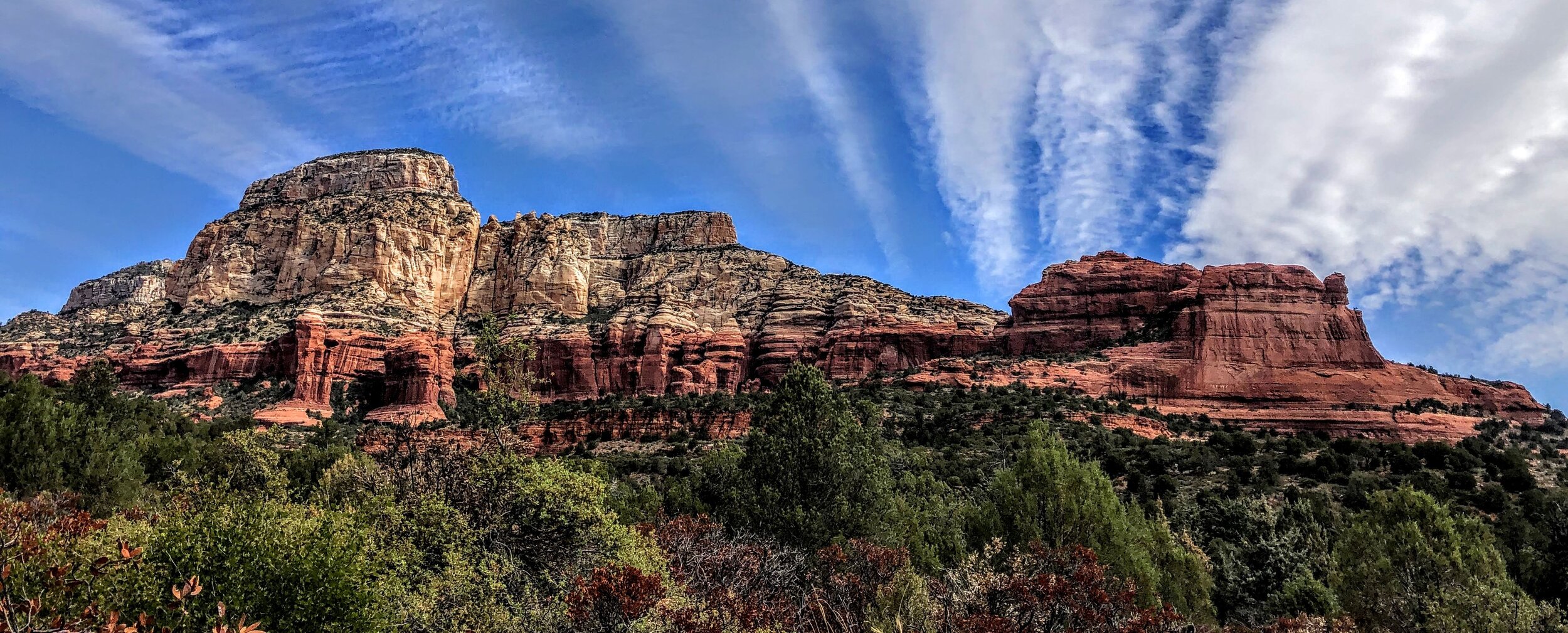The first candle of an Advent wreath is traditionally the "hope" candle, so this is the "hope" week of Advent.
We wait in hope.
We wait, not in fear and dread, but in hope.
Two things immediately come to my mind when I hear the word "hope":
"Hope is an anchor for the soul, firm and secure." Hebrews 6:19
"Hope is the thing with feathers that perches in the soul, and sings the tune without the words, and never stops at all." Emily Dickinson
Nativity from Peru on my mantle, photo: me and my cell phone
These quotes represent two opposite things that I think are equally true:
hope is our anchor, and hope is our wings.
Hope is necessary to life, like water and air and food and shelter and friendship.
Hopelessness, the feeling that everything is bad and that nothing can change, is a mental state so painful that human beings can't stand to live with it for long.
Hopelessness is a big red flag for suicidality, in fact. When a client tells me that they have no hope, I want them to go to the doctor right away. I want to make sure that all the chemicals that make up our emotions are doing what they're supposed to be doing. Once we're okay on the chemical front, then I feel comfortable talking about what else might be contributing to the hopelessness.
Most of the time, it seems to me that hopelessness arises from the loss of something vitally important to us:
the loss of a marriage
the loss of a loved one
the loss of purpose or meaning
the loss of identity.
We can't imagine our life without that crucial person or purpose, and with that loss, hope drains away.
How can life ever be okay again? We just don't know.
I think maybe hope returns to us as we follow the anchor down, deep within ourselves, where we discover new truth, and those discoveries give us the capacity to fly again.
- When we've lost somone precious to us, we follow the anchor down in grief, and we find at the depths of ourselves a longing and a capacity for love, which gives us courage to connect again to others.
- When we've lost a sense of passion or identity, we follow the anchor down in exploration, and we discover anew within ourselves the truth and beauty of who we are, so we can carry that gift out into the world once again.
A few years ago, I bought this little card by artist Deona Fish.
My friend who was with me said, "Oh dear, is this how life feels to you?"
And I guess it is.
When we lived overseas, I had this picture of myself in a laden canoe, paddling far from shore, waiting for the big wave to take me down, clinging to the sides of the canoe, living in dread, sure I was going to drown. My hope was that I would do everything perfectly so that nothing bad would happen.
And, of course, bad things did happen.
The waves did take me down.
But then I survived.
And somehow life became even better in the aftermath.
And so now, when I look at this picture, I see the girl in the boat, but she's not living in dread and fear. She's at peace, doing her thing, even though the seas are rough at times, and maybe she will still get tipped into the drink at some point.
But here's what I know now: there's an anchor, and there are wings (not pictured).
If I get tipped out of the boat, I'll follow the anchor-chain down to bedrock.
I'll learn what I need to know, down there in the dark.
And I'll rise up with those feathery wings of hope.
I think this is true for all of us, and how we take hope out of the Advent wreath and walk around with it in real life, no matter what happens:
we remember that hope is our anchor,
and hope is our wings.
When we remember this, we will not be afraid to follow hope deep into the darkness, down to its anchor-point, because we know that new truths will show up for us there in the depths.
New light will shine there, because ultimately we are anchored in Love, and we can never come to the end of Love. There is always newness of life in Love.
And when hope has anchored us again there, we rise.
Anchor and wings: this is hope.


